Fossil vertebrates collected from Wadi Natrun, northeastern Egypt, at various times during the past 120 years are curated at the Cairo Geological Museum and in several museums in Europe, but much of the material in Cairo has never been described. In order to make the latter collection more accessible to colleagues, we present a descriptive catalogue of the fossils, with images, measurements, descriptions and discussions.
A Descriptive Catalogue of Fossils from Wadi Natrun
2022. [Englisch] – 96 Seiten, 152 Farb- und 15 Schwarzweißabbildungen, 15 Tabellen.
29,7 x 21,0 cm, Paperback.
60,00 €
zzgl. Versandkosten / Versandkostenfrei in D
Fossil vertebrates collected from Wadi Natrun, northeastern Egypt, at various times during the past 120 years are curated at the Cairo Geological Museum and in several museums in Europe, but much of the material in Cairo has never been described. In order to make the latter collection more accessible to colleagues, we present a descriptive catalogue of the fossils, with images, measurements, descriptions and discussions.
The Cairo collection was re-arranged by the authors in January 2010 and is now all together for the first time, having previously been arranged in an ad hoc way as the fossils came into the museum, depending on availability of storage space, which resulted in the fossils being spread through a large number of different drawers. Among the samples are historically important specimens described by C.W. Andrews in 1902. The assemblage at the CGM includes well-preserved fossils attributed to Carnivora, Lagomorpha, Proboscidea, Equidae, Hippopotamidae, Suidae, Camelidae and Bovidae, which, as an assemblage, indicate a latest Miocene to basal Pliocene age (more or less equivalent to European Land Mammal zones MN 13-MN 14).
Visits to museums in Europe have led to the ‘rediscovery’ of fossils from Wadi Natrun described before the 2nd World War by Andrews, Stromer, Studer, Tobien and other authors in Munich, Freiburg im Breisgau, Karlsruhe, Frankfurt, Berne, Basel and London. Many of these fossils were thought to have been lost because the institutions in which they are housed were not always named by the authors. For the convenience of palaeontologists interested in Pliocene African faunas we provide illustrations of most of the specimens in European museums. Among the fossils there are some undescribed specimens, so we provide succinct descriptions, measurements where necessary and illustrations.
The aims of this paper are to provide a list and illustrations of fossils collected from the Mio-Pliocene fluvio-marine and palustral deposits at Wadi Natrun, Egypt, and to describe unpublished material. The focus is on the fossil mammals, but representative examples of other vertebrates are included in order to provide a holistic view of the entire fauna. The fossils are curated in several museums in Europe, the United States of America and Egypt. Because of the scattered nature of the collections it has been difficult to obtain a synoptic view of the fauna, and even though the compilation presented herein is comprehensive, it is surely incomplete, especially regarding the lower vertebrates and reptiles. The literature occasionally provides details of the institutions in which the fossils are curated but the whereabouts of many of the fossils were not divulged and, partly because of this, some of the fossils were thought to have been destroyed during the 2nd World War. However, over 90% of the described mammalian fossils have been relocated and are included in the catalogue.
The collection housed in the Cairo Geological Museum is the main focus of the descriptive section of this paper on account of the fact that it contains many undescribed, but nevertheless important, fossils. As a result it is possible to refine the diagnoses of some taxa from the locality, which were hitherto poorly represented, including that of the hippopotamus Archaeopotamus andrewsi, the camelid, Paracamelus aguirrei and the bovids. The first diagnostic remains of the hare from the deposits (Leporidae) are described and the small suid Dasychoerus natrunensis is illustrated along with additional material of the large suid Sivachoerus syrticus. The proboscidean from Wadi Natrun, previously listed as Mastodon sp. by Stromer (1902, 1907a, 1907b) is represented by much of a third molar which indicates that the species concerned is Anancus osiris.
The published fossils from Wadi Natrun are re-illustrated, often in stereo, for convenience of researchers interested in the Mio-Pliocene palaeontology of Africa, but because they have already been described, we do not enter into great detail about them.
Sie müssen angemeldet sein, um eine Rezension veröffentlichen zu können.
„*“ zeigt erforderliche Felder an
Ähnliche Produkte
-
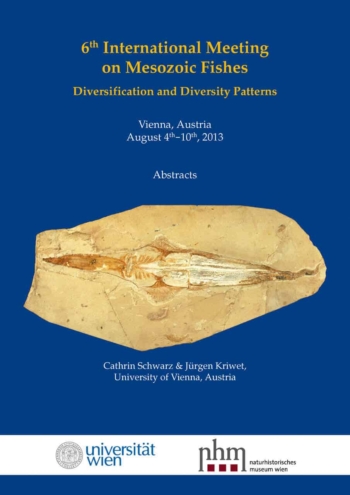
6th International Meeting on Mesozoic Fishes
20,00 €zzgl. Versandkosten / Versandkostenfrei in D
Wir sind gerne für Sie da
Verlag Dr. Friedrich Pfeil
Hauptstraße 12B
5232 Bergkirchen OT Günding – Germany
Tel.: +49 8131 61 46 590
Fax: +49 8131 61 46 591
E-Mail: info@pfeil-verlag.de
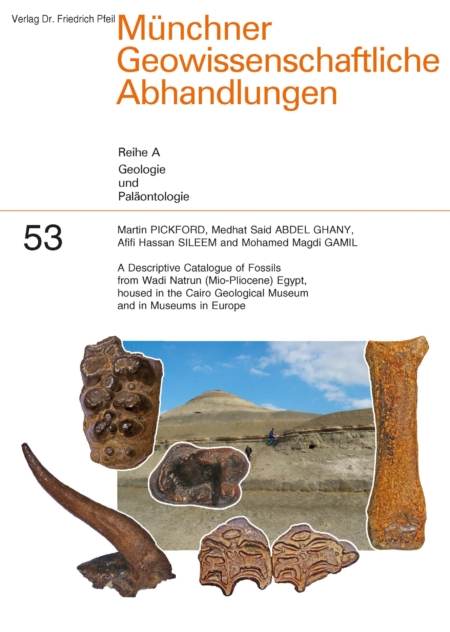
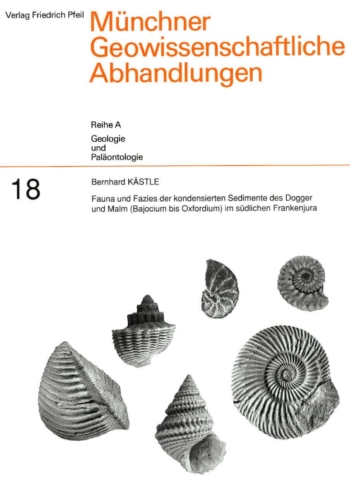
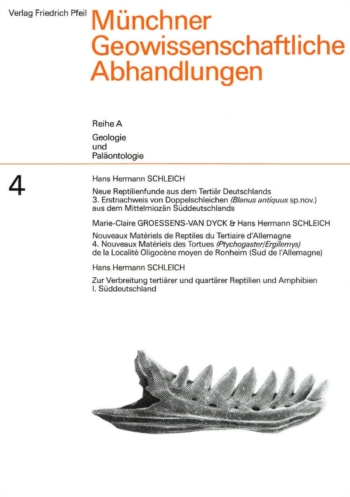
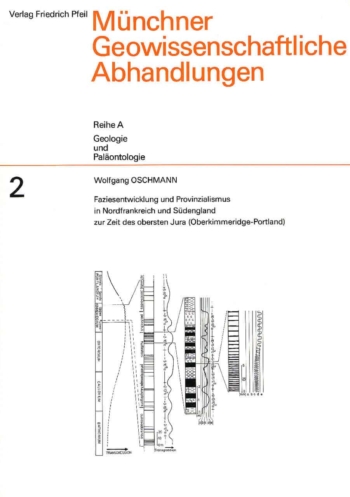
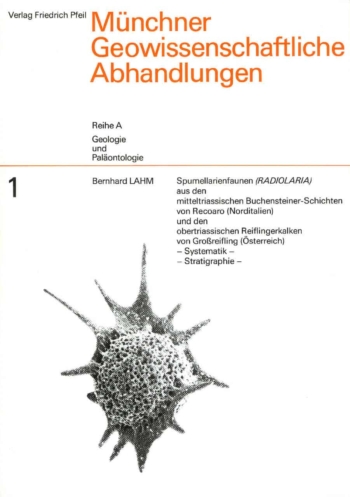
Rezensionen
Es gibt noch keine Rezensionen.